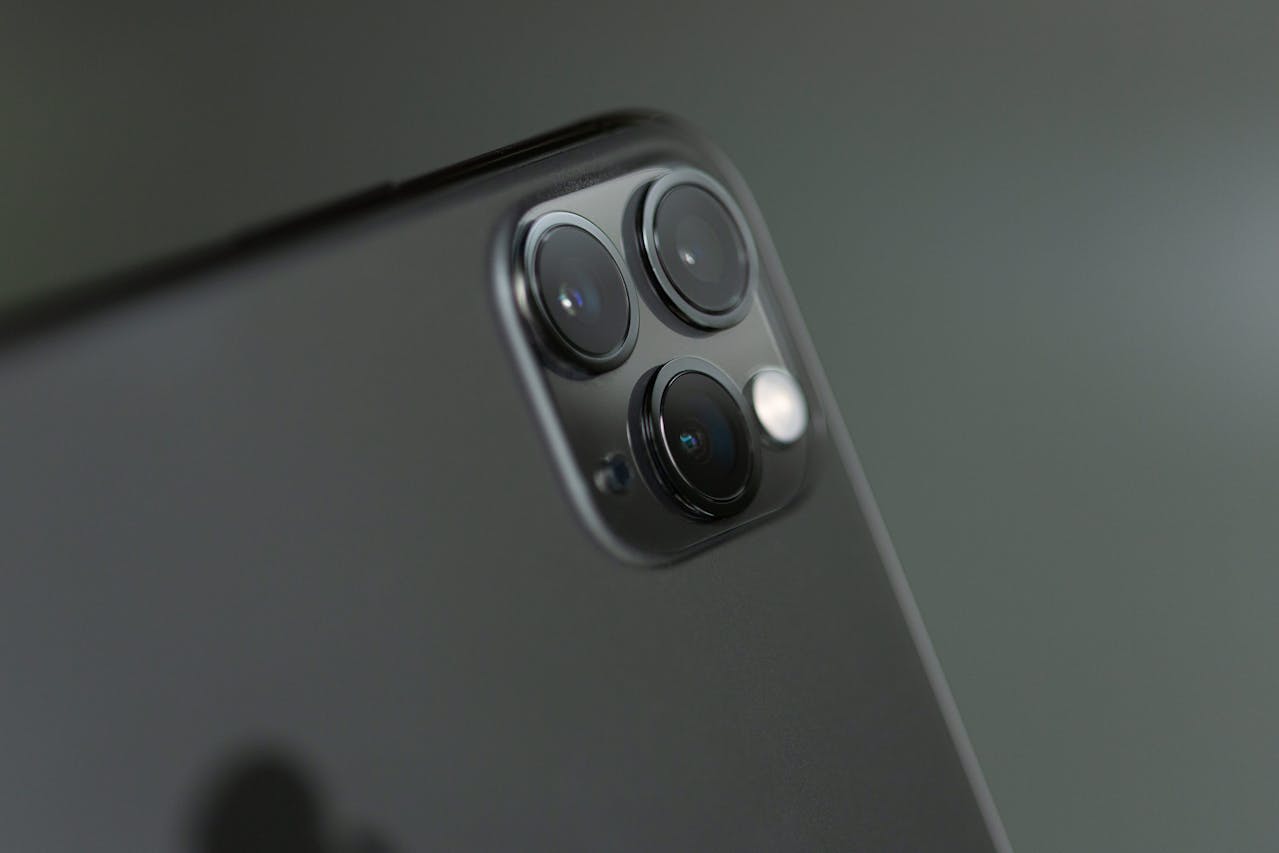"Defying Labels: The Rise of Gender-Fluid Fashion"
Introduction Fashion has always been a medium of self-expression, and in recent years, it has evolved to challenge societal norms and traditional expectations. One such revolution taking place is the rise of gender-fluid fashion - a movement that transcends traditional definitions and blurs the boundaries of gender in style.

A Look Back at Fashion’s Gender Rules
Historically, fashion has adhered to stringent gender norms. Clothing was designed and produced distinctly for men and women, with no overlap in styles or designs. Men’s fashion focused on functionality and comfort, while women’s fashion emphasized aesthetics and femininity. However, these rigid norms have undergone a gradual transformation over the past few decades, and the industry has started to embrace the concept of fluidity in fashion.
The Emergence of Gender-Fluid Fashion
Gender-fluid fashion began gaining prominence in the late 20th century, driven by a societal shift towards more liberal, inclusive norms. It refers to clothing styles that aren’t restricted to one gender, allowing individuals to express their identity freely, without the constraints of traditional gender classifications. This fashion movement has gained extensive attention in recent years, with high-end designers and mainstream brands exploring gender-fluid designs.
Decoding the Appeal
The appeal of gender-fluid fashion lies in its inclusivity and freedom of expression. It empowers individuals to dress according to their identity, breaking free from societal norms and expectations. Additionally, it challenges the fashion industry’s traditional approach, encouraging innovation and creativity in design. This trend is not just about aesthetics; it’s a statement about acceptance, diversity, and individuality.
The Influence of Gender-Fluid Fashion
The rise of gender-fluid fashion has significantly influenced consumer behavior. Shoppers are increasingly drawn to brands that emphasize inclusivity and individuality. This trend has also prompted designers to rethink their approach to fashion, creating designs that appeal to a broader audience, regardless of gender.
Impact on the Fashion Industry
The impact of gender-fluid fashion on the industry is substantial. It has challenged the traditional norms of fashion design, paving the way for more inclusive, diverse collections. High-end designers like Gucci and Saint Laurent have embraced this trend, creating gender-neutral collections that have been widely acclaimed.
Practical Insights
- Embrace your personal comfort: The essence of gender-fluid fashion is comfort and self-expression. Don’t be afraid to experiment with different styles until you find what suits you best.
- Mix and match: Mixing masculine and feminine elements is a great way to adopt a gender-fluid style.
- Shop beyond your section: Don’t limit yourself to the men’s or women’s section in stores. Explore all options available to you.
In summary, gender-fluid fashion is much more than a fleeting trend. It’s an expression of societal progress, symbolizing a shift towards a more inclusive and accepting world. As we move forward, we can expect to see the lines of gender in fashion blur even further, offering more room for personal expression and individuality in style. The future of fashion is indeed promising, and it’s clear that it will continue to evolve and redefine norms as we know it.




